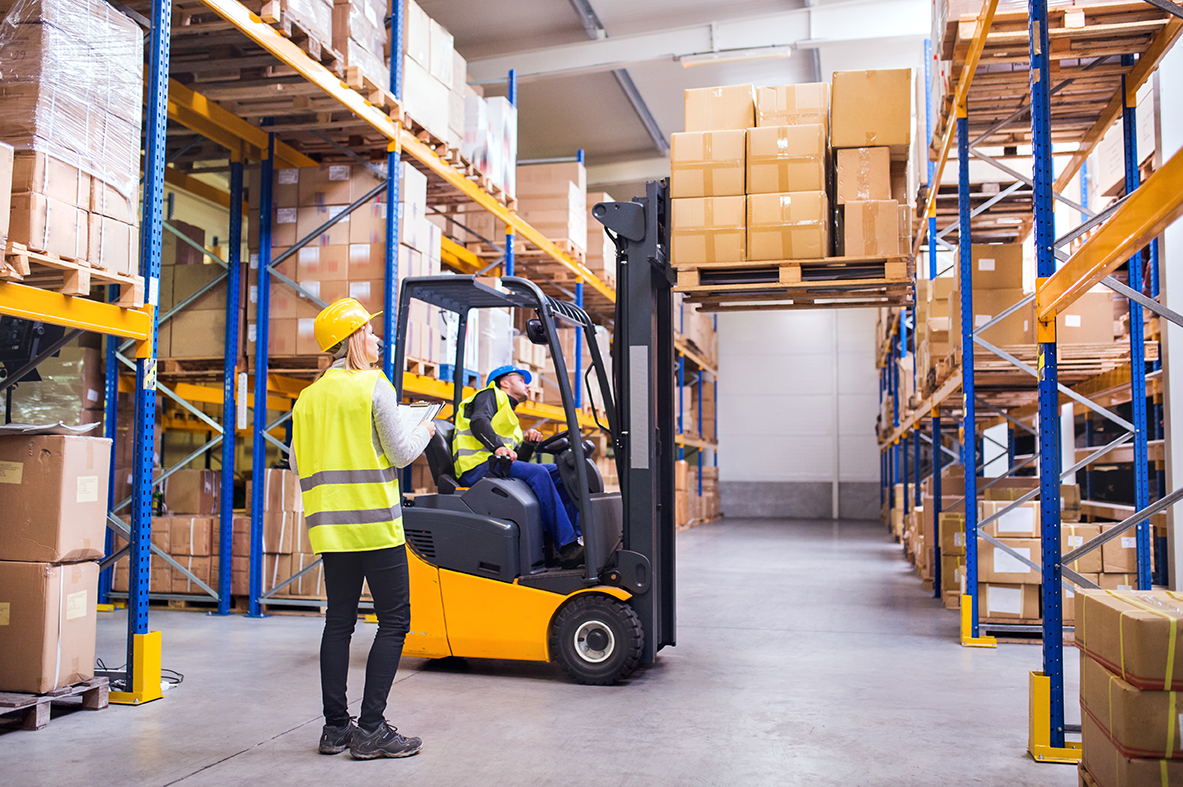Get Latest Quote: High-Performance Mold Flipper (with Detailed Spec Sheet)
Handling massive, multi-ton molds in a steel mill is a constant challenge. You rely on slow, cumbersome cranes and manual labor, a process that is not only inefficient but dangerously unpredictable. Every minute of downtime for mold maintenance is a minute your production line isn't running, eating into your profits. You worry about the safety of your crew and the potential for a catastrophic failure that could halt operations for days. This old way of doing things is a constant drain on resources and a source of operational anxiety. As a leader, you know there has to be a better, safer, and more profitable way to manage this critical task.
You can get a customized quote and a detailed specification sheet for a high-performance mold flipper by contacting our team at SHJLPACK. We provide a comprehensive document outlining crucial details like load capacity, table dimensions, rotation speed and angle, drive system specifications, and advanced safety features. This information is specifically tailored to the demanding environment of a modern steel mill, ensuring the equipment meets your precise operational needs for flipping and maintaining heavy molds safely and efficiently.
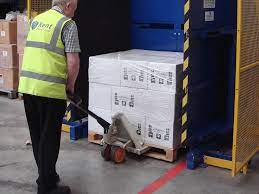
I know you are looking for a strategic partner, not just another supplier. You need solutions that address your core challenges, from aging equipment to operational costs. That’s why I want to go beyond a simple quote. Let's explore how the right mold flipper is not just a piece of machinery, but a cornerstone investment for improving safety, reducing costs, and advancing your digital transformation goals. I've been in this industry for a long time, first as an engineer and now as a factory owner. I want to share what I've learned to help you make the best decision for your plant.
How Can a Modern Mold Flipper Reduce Operational Costs and Improve Safety?
Your financial controller constantly points to volatile energy costs and the rising maintenance budget for your aging equipment. These expenses are a direct threat to your goal of reducing overall costs by 8%. At the same time, your plant manager worries about the safety risks of using outdated methods for mold handling. An accident is not just a human tragedy; it’s a financial disaster waiting to happen. The pressure to cut costs while improving safety standards feels like an impossible balancing act.
A modern mold flipper directly tackles these challenges. It significantly reduces operational costs by being more energy-efficient and requiring far less maintenance than older systems. Most importantly, it improves safety by orders of magnitude. The automated, controlled rotation of a mold flipper eliminates the high-risk, multi-step process involving cranes and manual rigging, protecting your team and ensuring smooth, predictable maintenance cycles.
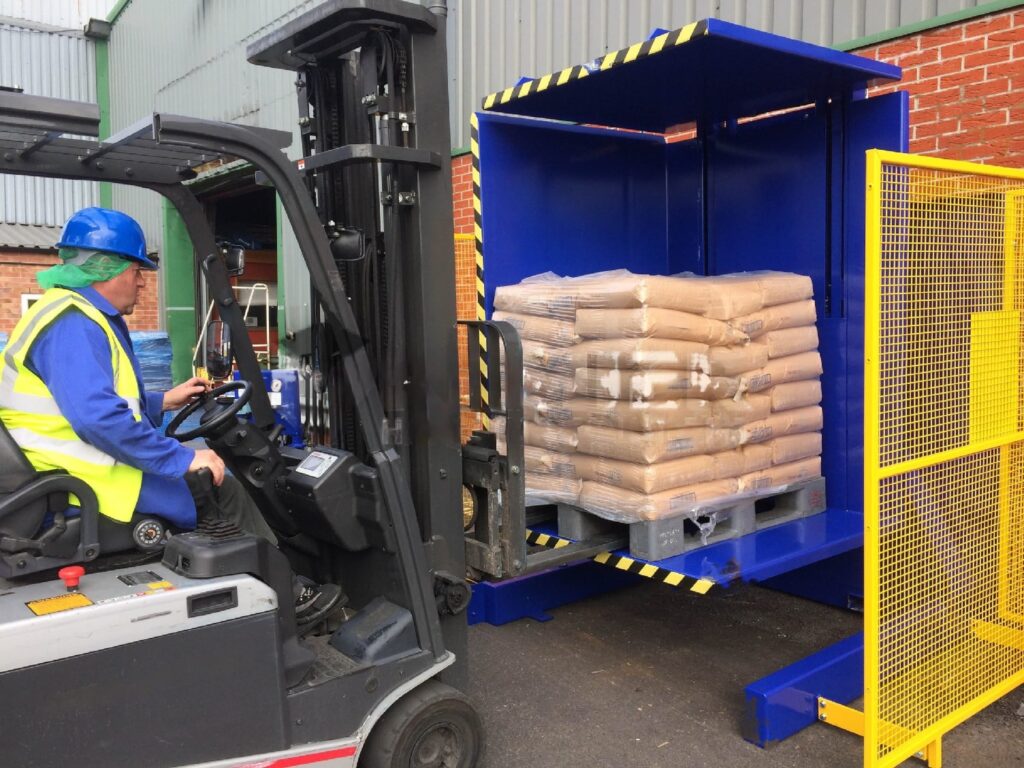
A Breakdown of Cost Savings
When I work with plant owners like you, Javier, the conversation always turns to the numbers. A new machine must justify its existence on the balance sheet. A modern mold flipper does this in several clear ways. It’s not just an expense; it’s an investment in efficiency that pays dividends.
Let's look at a practical comparison. Your old method, likely involving a heavy-duty overhead crane and a team of riggers, is incredibly labor-intensive. A new flipper can often be operated by a single person with a remote control. This immediately reduces the labor hours required for every single mold turnover. But the savings go deeper. Modern flippers use high-efficiency motors and variable frequency drives (VFDs). This means they only draw significant power during the actual rotation, unlike older hydraulic systems that might run continuously. This directly attacks the problem of volatile energy costs you face in Mexico. It provides predictable, lower energy consumption for a critical task.
| Cost Factor | Old Method (Crane/Aging Flipper) | Modern Mold Flipper | Potential Impact |
|---|---|---|---|
| Energy Consumption | High, continuous power draw | Low, on-demand power draw | Reduces unit energy consumption |
| Labor Hours | 2-3 operators, 30-45 mins/flip | 1 operator, 5-10 mins/flip | Lowers direct labor costs |
| Downtime | Unpredictable, long setup | Predictable, short cycle time | Increases equipment availability |
| Maintenance | Frequent repairs, parts sourcing | Minimal, scheduled maintenance | Reduces MRO budget and labor |
Enhancing Workplace Safety
The numbers are important, but the safety of your people is paramount. I remember visiting a client’s steel plant in Monterrey a few years ago. They were using a crane to flip a large mold for repair. One of the chains slipped. Nobody was hurt, but it was a terrifying near-miss that stopped work in the entire bay for hours. The psychological impact on the crew was significant. That incident prompted their investment in a dedicated mold flipper.
A modern mold flipper is designed with safety as its primary function. The process is fully controlled. The mold is securely clamped to the machine's table. The rotation is smooth and stable. There are no swinging loads or complex rigging to worry about. We build our machines with multiple layers of safety. This includes robust mechanical locking systems that engage when the machine is not in motion, light curtains that immediately stop the machine if a person enters the operating zone, and audible alarms and flashing lights during operation. The control system has built-in interlocks that prevent unsafe actions. This removes human error from the most dangerous parts of the process. For a leader focused on long-term stability, creating a safer work environment is one of the most valuable returns on investment you can make. It improves morale, reduces liability, and shows your employees you care.
What Are the Key Specifications to Look for in a High-Performance Mold Flipper?
You're a practical leader with an engineering background. You know that a successful investment starts with getting the specifications right. The market is filled with options, and choosing incorrectly can be a costly mistake. An undersized machine will fail under the stress of your 2-million-ton-per-year operation. An oversized, over-engineered one wastes precious capital that could be used elsewhere. You need a machine that is perfectly matched to your specific molds and production rhythm.
To choose the right high-performance mold flipper, you must focus on four core specifications. First is Load Capacity, which must safely exceed the weight of your heaviest mold. Second is Table Size, which must be large enough to fully support your mold's footprint. Third is the Drive System; you need to choose between electromechanical for precision and low maintenance or hydraulic for extreme power. Finally, the Control System is critical for safety and integration, requiring a reliable PLC and user-friendly interface.

Core Mechanical Specifications
The foundation of a reliable mold flipper lies in its mechanical design. This is what determines its strength, lifespan, and ability to handle the brutal conditions of a steel mill. When I was starting my own factory, I learned that you cannot cut corners on steel and construction. It’s the difference between a machine that lasts five years and one that lasts for twenty, just like the aging equipment you are now looking to replace.
The first and most obvious specification is Load Capacity. You must know the weight of your heaviest mold and then add a significant safety margin—I always recommend at least 25%. This accounts for dynamic loads and ensures the machine is never operating at its absolute limit. Next is the Table Size. The mold must sit securely on the table without any overhang. We often build custom table dimensions for clients with unique mold shapes. The structure itself is critical. Our machines are built from heavy-duty structural steel, like Q345, which is known for its high yield strength. All welds are inspected, and the frame is designed using Finite Element Analysis (FEA) to identify and eliminate stress points. This engineering rigor is what ensures long-term reliability.
| Specification | Importance for a Steel Mill | SHJLPACK Standard Practice |
|---|---|---|
| Load Capacity | Must handle the heaviest molds safely. | Client's max load + 25% safety margin. |
| Table Dimensions | Must fully support the mold's base. | Customized to client's mold footprint. |
| Rotation Speed | Balance of speed and safety. | Adjustable, typically 0.5-1 RPM. |
| Construction | Withstand harsh environment and heavy use. | High-strength Q345 steel, FEA-verified design. |
Electrical and Control Systems
The "brain" of the mold flipper is its electrical and control system. This is where a good machine becomes a great one. For a forward-thinking owner like you, Javier, who is focused on digitalization, this is a critical area. An isolated machine with a simple on/off button is a relic of the past. You need a system that is intelligent, safe, and ready to connect to your larger factory network.
The heart of the system is the Programmable Logic Controller (PLC). We use trusted, globally recognized brands like Siemens or Allen-Bradley. This ensures reliability and makes it easier for your local maintenance teams to service. The operator interface is also key. While a simple push-button pendant is standard, we often recommend an HMI (Human-Machine Interface) touchscreen panel. This provides much more information, including diagnostics, cycle status, and error messages, which drastically reduces troubleshooting time. Most importantly, we design the system for connectivity. We include options for industrial communication protocols like PROFINET or EtherNet/IP. This allows the mold flipper to talk to your plant's MES, which is a crucial step in your digital transformation journey. It’s this kind of forward-thinking design that turns a supplier into a true strategic partner.
How Does a Mold Flipper Integrate into a Digitally Transformed Steel Mill?
You are actively pursuing a digital transformation strategy. You’ve invested in an MES, you're deploying IoT sensors, and you're leveraging data to drive decisions. In this environment, a new piece of equipment that operates as a "dumb" machine is a liability. It creates a black hole in your data stream and works against your goal of achieving 95% capacity utilization through smart scheduling and predictive maintenance. An isolated machine cannot be optimized; it can only be repaired after it breaks.
A modern mold flipper is designed to be a citizen of your digital ecosystem. It integrates seamlessly into your smart factory through its advanced PLC and communication capabilities. By connecting to your plant's MES or SCADA system via standard industrial protocols, the flipper becomes an active data node. This connection enables real-time monitoring of its status, captures operational data for analysis, and allows for its inclusion in predictive maintenance programs, turning it from a simple tool into a strategic asset.
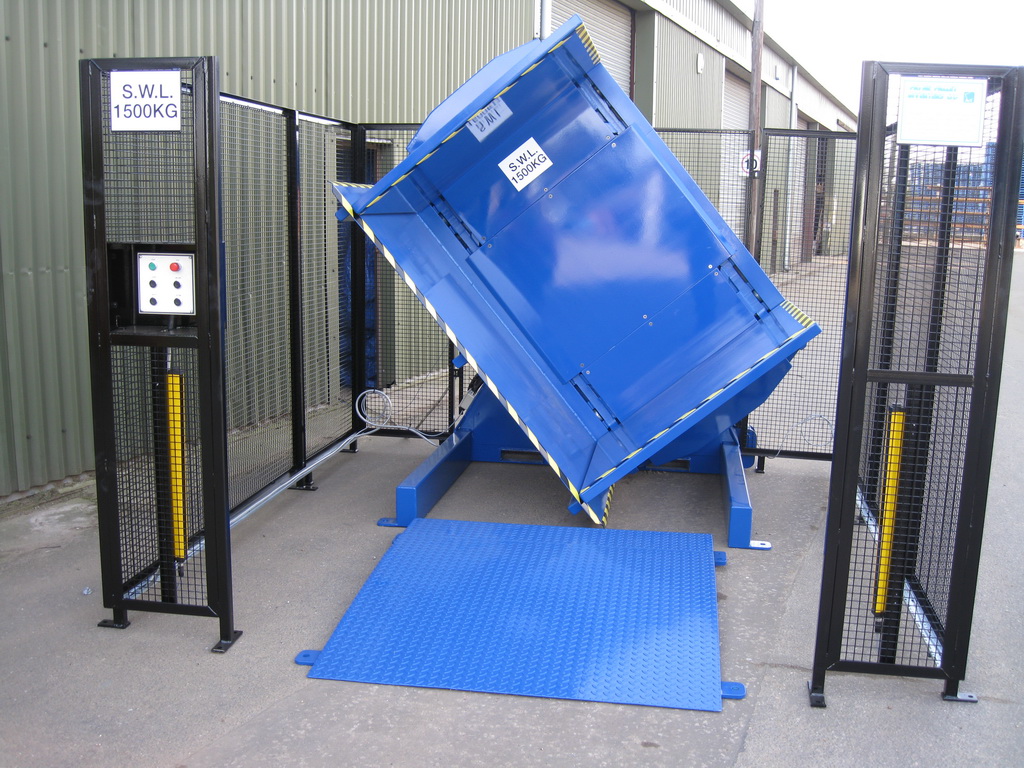
The Data You Can Capture
Data is the fuel for optimization. A connected mold flipper can provide a wealth of information that was previously invisible. This data helps you move from a reactive maintenance model to a predictive one, a key goal for any modern industrial leader. When you connect the machine to your network, you are no longer guessing about its health or performance.
You can capture critical data points directly from the machine's PLC and sensors. Cycle count tracks exactly how many times the machine has operated, providing a precise metric for scheduling preventative maintenance on wear parts like bearings or motors. Motor amperage and temperature are powerful indicators of machine health. A gradual increase in amperage might signal a need for lubrication or a developing mechanical issue, long before it causes a failure. Vibration sensors can detect imbalances or bearing wear. The fault log from the PLC provides your maintenance team with specific error codes, so they know exactly what the problem is before they even approach the machine. This dramatically reduces troubleshooting time and gets the machine back online faster. Capturing this data is the first step toward achieving your goal of near-perfect uptime.
From Data to Actionable Insights
Collecting data is easy. The real value comes from turning that data into actionable insights that improve your bottom line. This is where a strategic partner can help you connect the dots. I worked with a steel producer in Germany who was a leader in Industry 4.0. We helped them integrate one of our mold flippers into their central control system.
By analyzing the data, their system learned the normal operating parameters. The platform could then flag any deviation. For example, the MES would automatically generate a work order for the maintenance team if the motor current exceeded a set threshold for a specific duration. This allowed them to investigate and resolve minor issues during planned downtime.
| Data Point | Potential Insight | Action Triggered in MES |
|---|---|---|
| Cycle Count | Reached 10,000 cycles | Schedule inspection/replacement of wear parts. |
| Motor Amperage | Increased 15% over 2 weeks | Alert for lubrication check or bearing analysis. |
| Fault Log | "E-Stop Circuit Fault" | Send alert to electrical team with specific error. |
| Vibration | Spike in a specific frequency | Schedule bearing replacement at next shutdown. |
Within a year, they had completely eliminated unplanned downtime related to that machine. This is the power of digital integration. The mold flipper stopped being just a tool for turning molds; it became an intelligent part of their production system, contributing directly to their goals of higher utilization and lower costs. This is the kind of partnership and outcome I strive to provide for all my clients.
What Kind of ROI Can You Expect From a New Mold Flipper?
As the owner of a steel mill, you live and breathe numbers. Every major capital expenditure must pass a rigorous feasibility analysis. You need to see a clear path to a positive return on investment (ROI). A list of features and technical specifications is useful, but the ultimate question is always: "How will this investment make my business stronger and more profitable?" You need to build a business case that demonstrates tangible financial returns.
The ROI on a high-performance mold flipper is strong and multifaceted, with a typical payback period of 18 to 36 months. The return is driven by quantifiable savings in several key areas: drastically reduced labor costs per mold turn, minimized production downtime, lower maintenance expenses compared to aging equipment, and the prevention of incredibly costly accidents and associated production stoppages.
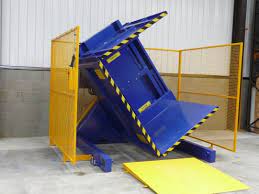
Calculating Your Return on Investment
Let's put some structure around the ROI calculation. The formula is simple: ROI (%) = (Annual Net Savings / Cost of Investment) x 100. The key is to accurately estimate the "Annual Net Savings." This is where we look at the direct impact on your operational budget. This isn't theoretical; these are real savings that will show up on your P&L statement.
Think about the direct labor savings. If it currently takes three of your skilled workers 45 minutes to flip a mold, and a new machine allows one worker to do it in 10 minutes, the savings are substantial and easy to calculate over a year. Next, consider downtime. What is the value of one hour of lost production in your mill? Even if a new flipper saves you just 10-15 hours of downtime per year, the financial impact is huge. Then there are the MRO (Maintenance, Repair, and Operations) savings. You are already spending money to keep your old equipment running. That cost is eliminated and replaced by the minimal maintenance needs of a new machine. We can work with you to populate a worksheet like the one below with figures that reflect your specific operation.
| Category | Your Estimated Annual Savings ($) |
|---|---|
| Direct Labor Savings | (Hours Saved/Year) x (Avg. Labor Rate) |
| Downtime Reduction Savings | (Hours Saved/Year) x (Value of Production/Hour) |
| Maintenance & Repair Savings | (Annual Cost of Old Method) - (Annual Cost of New) |
| Energy Savings | (kWh Saved/Year) x (Cost per kWh) |
| Total Annual Net Savings | Sum of the above |
Beyond the Numbers: The Strategic Value
Javier, as a fellow entrepreneur who built a business from the ground up, I know that the most important returns don't always fit neatly into a spreadsheet. The calculated ROI is the justification for the purchase, but the strategic value is what drives long-term success. This is where you elevate yourself from an operator to a true industry leader.
Investing in modern, safe equipment sends a powerful message to your employees. It shows that you value their safety and well-being. This improves morale, reduces employee turnover, and makes your company a more attractive place to work. This is a real, though intangible, asset. Furthermore, a state-of-the-art facility enhances your reputation with customers. It tells them you are a reliable, forward-thinking partner committed to quality and efficiency. This can be a deciding factor in winning large contracts. Finally, it gives you operational flexibility. A robust mold flipper allows you to manage a wider variety of molds more efficiently, potentially enabling you to take on new types of work. This isn't about saving money; it's about positioning your steel mill for future growth and resilience in a competitive market.
Conclusion
Investing in a high-performance mold flipper is a strategic decision for safety, efficiency, and future growth. Contact us for your detailed quote and specification sheet today.

